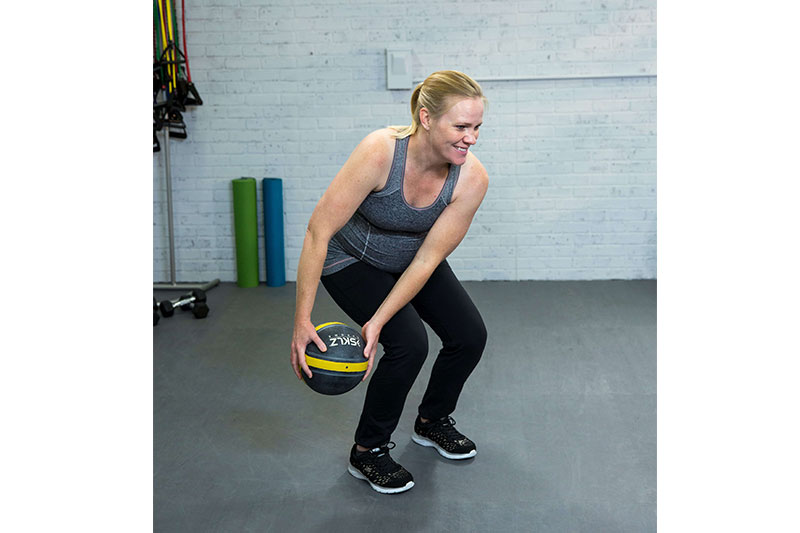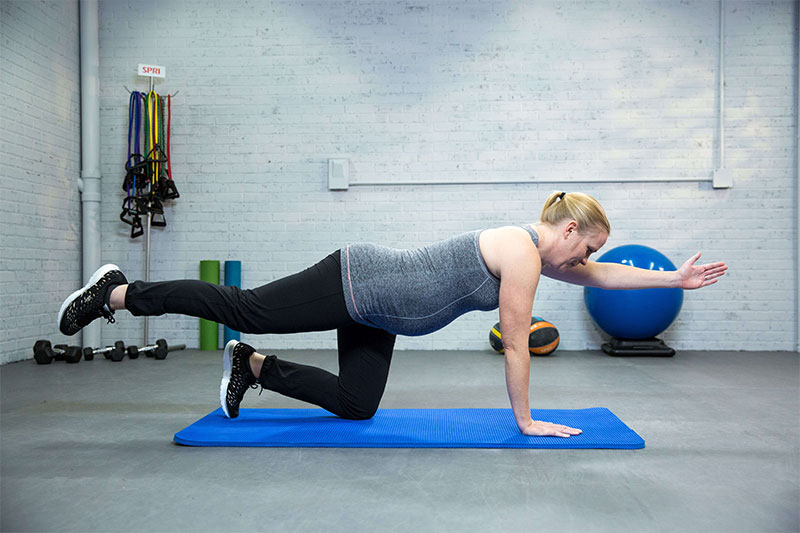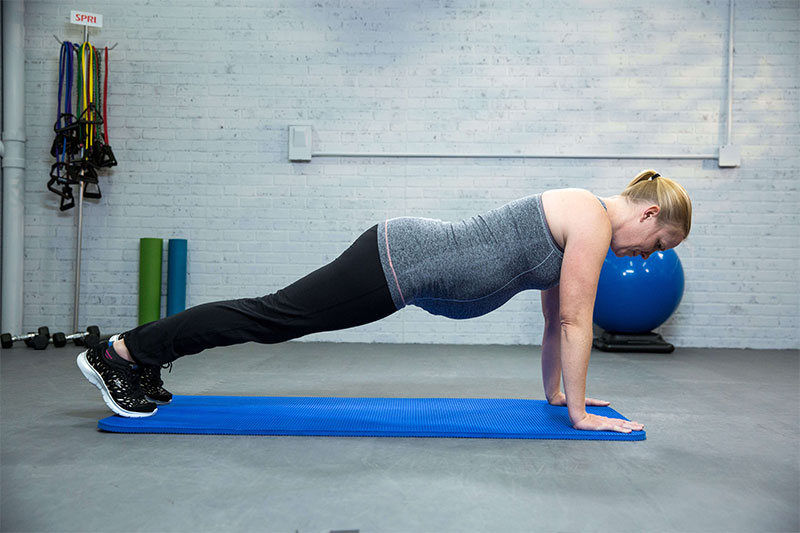|
Blog |
|
Monday, October 30 2017
Let’s define “core” before we continue. Our abdominal musculature goes far beyond your “six-pack.” Think of your core as a 3-dimensional cylindrical unit, with muscles that run in several directions. These muscles include: the transverse abdominus, obliques, rectus abdominus and erector spinae, with the diaphragm at the top and the pelvic floor at the bottom of the cylinder. This 3-dimensional unit acts as the support for the spine. With the forward shifting of weight as a baby grows, the strength of a pregnant woman’s core musculature is critical to maintaining a neutral spine, and ultimately, helping to decrease muscle fatigue and pain. Without good trunk strength, the weight of the growing baby can pull the pelvis forward, causing a sway back (lordosis). This prolonged position can lead to a very uncomfortable malalignment in the spine. Increasing core strength during pregnancy will aid in getting the pelvis back into a neutral position. According to the American Congress of Obstetricians and Gynecologists, “…more than 60% of all pregnant women experience low back pain. Strengthening of abdominal and back muscles could minimize this risk”. 3 Safe and Effective Prenatal Core Exercises:Before beginning any prenatal exercise to build core strength, it is critical to establish abdominal engagement first. Wood Chop – Functional rotational strength (resistance band required)
|





